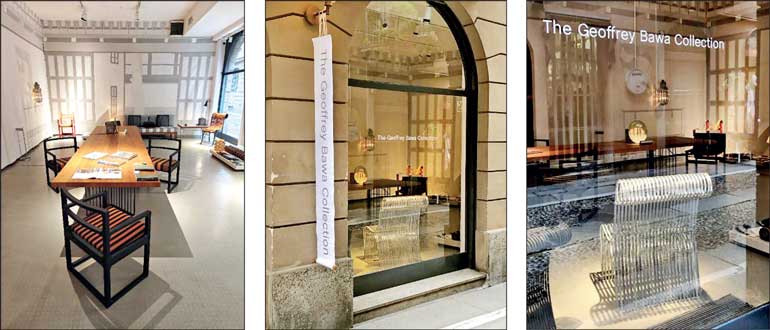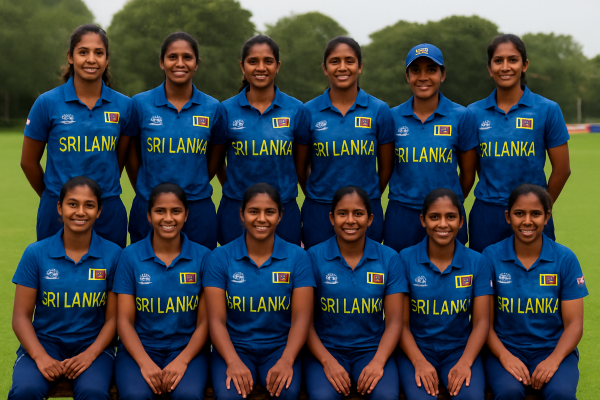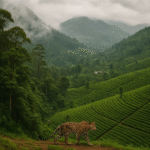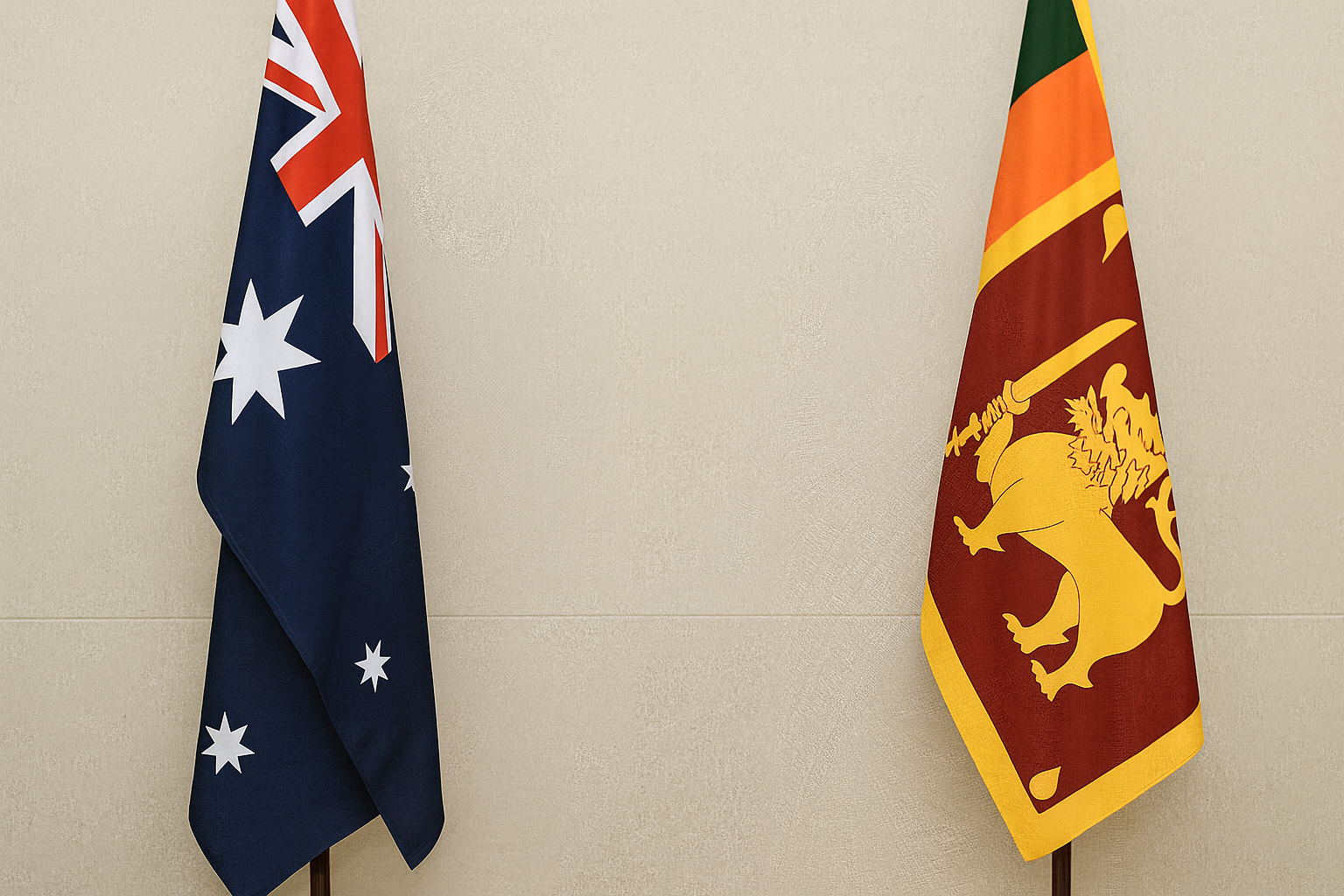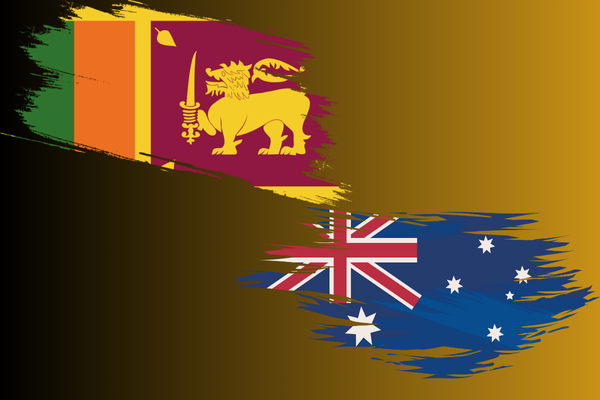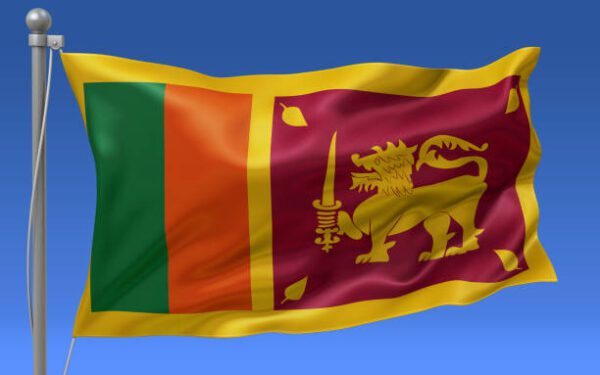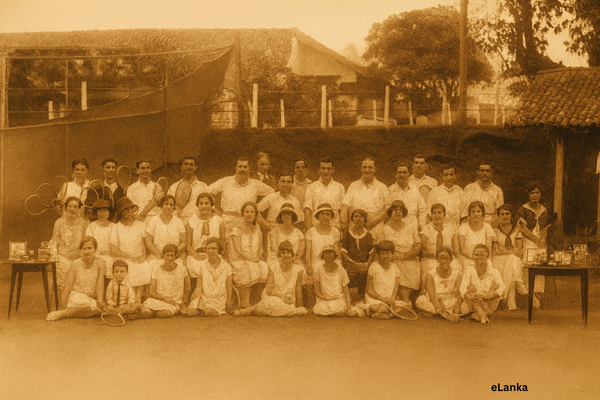Geoffrey Bawa: The Father of Tropical Modernism – By Nadeeka – eLanka
Geoffrey Bawa was not merely an architect; he was a storyteller who spoke through stone, light, water, and space. Widely regarded as the pioneer of Tropical Modernism, Bawa reshaped the architectural landscape of Sri Lanka and left an indelible mark across South Asia and beyond. His designs were not only aesthetically captivating but also deeply rooted in the environment, culture, and identity of the places he built in.
Early Life and Education
Geoffrey Bawa was born on July 23, 1919, in Colombo, Sri Lanka (then Ceylon), into a wealthy, multicultural family. His father, Justice B.W. Bawa, was of Muslim descent, while his mother was of European and Sinhalese ancestry. Educated initially at Royal College, Colombo, Bawa moved to England in 1938 to study English and law at Cambridge University. He qualified as a barrister in 1944, but he found no passion in law.
After his mother’s death and extensive travels through Europe, Bawa returned to Sri Lanka disillusioned. His exposure to European architecture, particularly in Italy, sparked a newfound passion. At the relatively late age of 38, Bawa enrolled at the Architectural Association School of Architecture in London and qualified as an architect in 1957.
The Beginning of a Remarkable Journey
Upon returning to Sri Lanka, Bawa joined the Colombo-based firm Edwards, Reid and Begg. He soon began blending modernist principles with local traditions, natural forms, and indigenous materials. His early works stood in stark contrast to the cold, rationalist international style dominating the era. Instead, Bawa’s approach celebrated context, climate, and culture.
His most famous philosophy was to blur the line between indoors and outdoors, seamlessly integrating nature into architecture. For Bawa, buildings were not separate from the environment—they were extensions of it.
Lunuganga Estate: His Living Laboratory
Perhaps the best testament to Bawa’s evolving architectural philosophy is his estate Lunuganga, located near Bentota. Purchased in 1948, it was a 25-acre rubber plantation that he slowly transformed over four decades into a tropical Eden. Lunuganga became both a personal retreat and an architectural experiment. The estate features courtyards, pavilions, water features, and views that shift with every step—each element masterfully composed to harmonize with the landscape.
The estate embodies Bawa’s core principles: minimal disruption of nature, sensitivity to light and breeze, and a deep understanding of spatial rhythm. Today, Lunuganga is open to the public and preserved as a national heritage site.
Major Works and Legacy Projects
1. Sri Lankan Parliament Complex (1982)
Located on Diyawanna Oya Lake in Kotte, this is perhaps Bawa’s most politically and symbolically significant design. Constructed on an artificial island, the structure uses traditional Kandyan architecture elements with modern materials. The green copper roofs, granite pillars, and lakeside setting create a sense of serene power. It is widely regarded as one of the most beautiful legislative buildings in the world.
2. University of Ruhuna (1978–1988)
Designed to fit seamlessly into a rocky hillside in Matara, this campus exemplifies how modern education spaces can reflect local context. Bawa carefully aligned the buildings along the contours of the land, ensuring that no structure appeared out of place.
3. Heritance Kandalama Hotel (1995)
A masterpiece of sustainable design, this hotel in Dambulla appears to emerge from the rock face itself. With its green roofs, vertical gardens, and integration with the Sigiriya forest, Kandalama is a model for eco-conscious architecture.
4. Seema Malaka Temple (1976)
Located on Beira Lake in Colombo, this tranquil temple platform was designed for meditation and reflection. With blue-tiled roofs and open wooden structures, it reflects Bawa’s ability to blend spiritual, cultural, and natural elements into architecture.
Tropical Modernism: A Signature Style
Geoffrey Bawa was the key figure behind Tropical Modernism, a movement that adapts the principles of modern architecture to hot, humid climates. His approach featured:
-
Open courtyards and verandas to encourage cross-ventilation
-
Sloping roofs with deep overhangs for shade
-
Use of local materials like coral stone, clay tiles, and timber
-
Respect for local customs, rituals, and landscape
-
An aesthetic of restraint, where less is more
This style influenced generations of architects not just in Sri Lanka, but in India, Southeast Asia, and beyond.
Influence and Honors
Bawa’s influence is far-reaching. In India, architects like Charles Correa were inspired by his contextual modernism. Even globally, his work is studied in universities as an example of site-sensitive, sustainable, and culturally responsive design.
In recognition of his contributions, Bawa received several honors:
-
Honorary Fellow of the American Institute of Architects
-
Sri Lanka’s Gold Medal for Architecture
-
Honorary Doctorates from University of Colombo and Royal Danish Academy
In 2001, he was posthumously awarded the RIBA Royal Gold Medal, one of architecture’s highest accolades.
Personal Life and Final Years
Bawa was a private, contemplative man. He never married and dedicated his life entirely to architecture and the arts. In the late 1990s, a series of strokes left him physically incapacitated, but his mind remained sharp. He passed away on May 27, 2003, at the age of 83.
Even in illness, he continued to sketch ideas and inspire students. His studios, homes, and landscapes became living museums of creativity.
Continuing the Legacy
The Geoffrey Bawa Trust, founded in 1982, preserves his archives, writings, and properties such as Lunuganga and Number 11 (his Colombo residence). Today, these sites attract visitors, artists, and architecture students from around the world.
Annual lectures, design awards, and exhibitions organized by the Trust ensure that his vision lives on and continues to influence the built environment of the tropics.
Conclusion
Geoffrey Bawa’s legacy lies not only in concrete and stone but in the spirit he brought to architecture. He taught the world that buildings should breathe with nature, reflect the soul of a place, and elevate human experience. Through his graceful union of modernism and tradition, Bawa gifted Sri Lanka—and the world—a language of architecture that is timeless, tropical, and true.
In an age of concrete jungles and glass towers, Geoffrey Bawa reminds us that the most beautiful architecture is often the quietest—one that listens to the land, honors history, and nurtures the soul.



